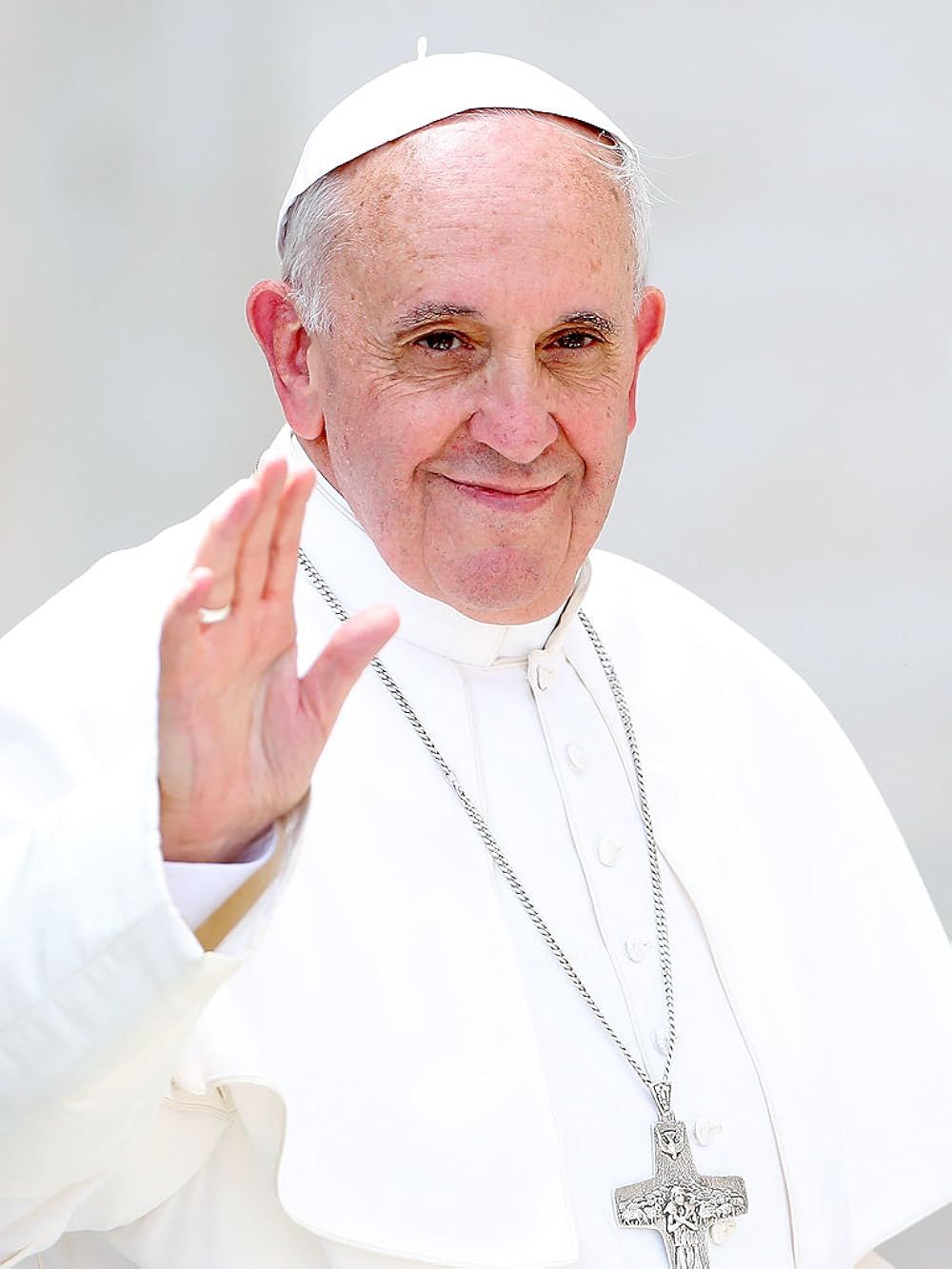
Immediate Steps After the Pope’s Death
Pope Francis – Jorge Mario Bergoglio: 17 December 1936 – 21 April 2025
Papacy: 13 March 2013 – 21 April 2025
Upon the death of a pope, the Catholic Church initiates a series of time-honored rituals and procedures to honor the deceased pontiff and elect his successor. Here’s an overview of the protocol and timeline:
⸻
Immediate Steps After the Pope’s Death
1. Verification of Death: The Camerlengo (currently Cardinal Kevin Farrell) confirms the pope’s death by calling his baptismal name three times.
2. Destruction of the Fisherman’s Ring: The Camerlengodestroys the “Ring of the Fisherman,” symbolizing the end of the pope’s authority.
3. Sede Vacante: The period known as sede vacante (“the seat being vacant”) begins, during which the Camerlengo administers the day-to-day affairs of the Vatican.
⸻
Funeral and Mourning Period
• Lying in State: The pope’s body lies in state at St. Peter’s Basilica for public viewing, typically for three days.
• Funeral: The funeral is held between the fourth and sixth day after death, often in St. Peter’s Square, and is attended by thousands, including world leaders.
• Novendiales: A nine-day period of mourning, known as novendiales, follows the funeral.
⸻
Election of a New Pope (Conclave)
• General Congregations: Cardinals gather for meetings to discuss the needs of the Church and potential candidates.
• Timing: The conclave to elect a new pope begins 15 to 20 days after the pope’s death.
• Eligibility: Only cardinals under the age of 80 are eligible to vote; currently, there are 135 such cardinal electors.
• Conclave Procedure:
• Held in the Sistine Chapel, cardinals are sequestered from the outside world.
• Voting occurs up to four times daily.
• A two-thirds majority is required to elect a new pope.
• Ballots are burned after each voting session; black smoke indicates no decision, while white smoke signals the election of a new pope.
• Announcement: Upon election, the new pope is introduced from the balcony of St. Peter’s Basilica with the proclamation “Habemus Papam” (“We have a pope”), followed by his first blessing.